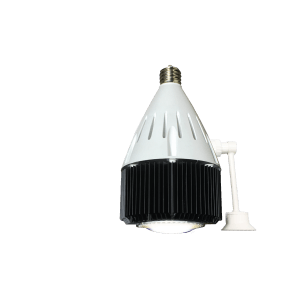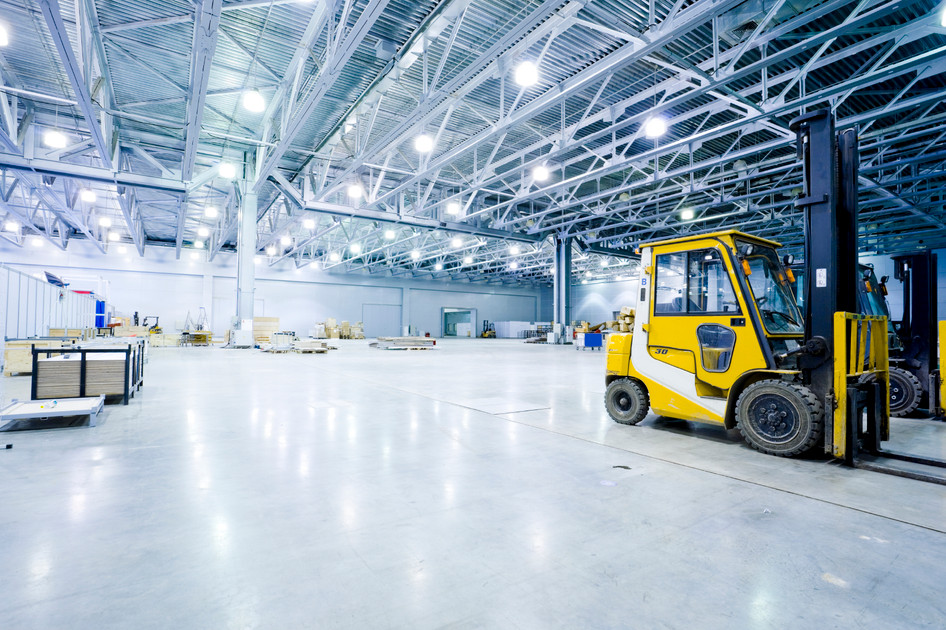Do I Need Occupancy Sensors for My High Bay LED Lighting?
By Leah • Feb 25, 2019
LED lighting means you can have your lights switched on for longer and use less energy for the privilege. This doesn't mean you shouldbe leaving lights on longer. The energy efficiency of LED lighting is an opportunity not only to save money, but to reduce our energy output. Occupancy sensors can provide many benefits to your business, even if you require high bay lighting.
What is High Bay Lighting?
High bay lighting is used in warehouses, mills, processing plants and anywhere large machinery or industrial product needs to be housed. Such businesses create on an industrial scale, so they need a commercial premises to work within. Indoor spaces are considered high bay when they reach 20' (6 m) or more in height.
To light these large spaces you need to fill both the vertical and horizontal space. High bay LED lighting does this efficiently and effectively by using higher quality white light from bulbs which require less energy to function. They also use lens angles to make this light go further in the direction required. This is unlike competitor bulbs such as high pressure sodium or metal halide bulbs which are omnidirectional by default.
 What are Occupancy Sensors?
What are Occupancy Sensors?
Essentially, occupancy sensors are indoor sensors which detect the presence of people and use this to switch something on. They don't have to be applied just to lighting, but can be used for almost anything which requires a relatively low amount of electrical energy to be engaged. The technology used is varied, but can involve microwaves, ultrasound or heat detecting infrared to function.
What are the Benefits of Occupancy Sensors?
The main benefit of occupancy sensors is that they save energy. They do this because when a space is not being used, the light can turn itself off after a certain period of time. Human error or inaccessibility of light switches can mean lights are left on for too long. Occupancy sensors reduce this time to the minimum.
Sensors also make work environments safer by lighting spaces which would otherwise be in the dark without having to go to a switch. Light is both there when you need it and not there when you don't.
Do Occupancy Sensors Work for High Bay LED Lighting?
Fortunately, the versatility of LED lighting technology means occupancy sensors not only work for LED, but they work optimally. High bay lighting needs to spread its light in one of two ways. It can either disperse the light over a wide angle or keep it contained to a narrower space.
One important use for narrow lighting is for warehouses. Pickers who select objects from the warehouse for shipping or purchase can walk into the aisle they need and have the light turned on immediately. It then turns off afterwards. This does not require the picker to add finding switches to their list of tasks. This streamlines the work and increases productivity.
The reason occupancy sensors are optimal with LED high bay lighting is because LED technology is practically instantaneous. Once the sensor is triggered, the light turns on and reaches its desired brightness in a fraction of a second. For other high intensity discharge bulbs, it takes time for the bulb to warm up and reach its desired light output. This wastes time and energy. LED simply doesn't.
See our LED's with built-in motion sensors here and here.
